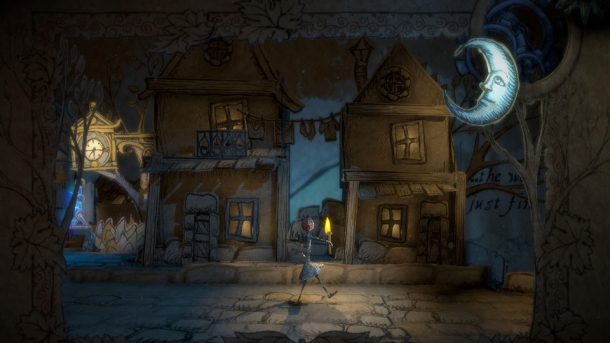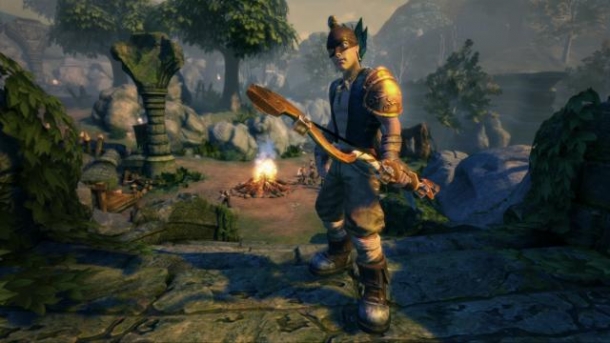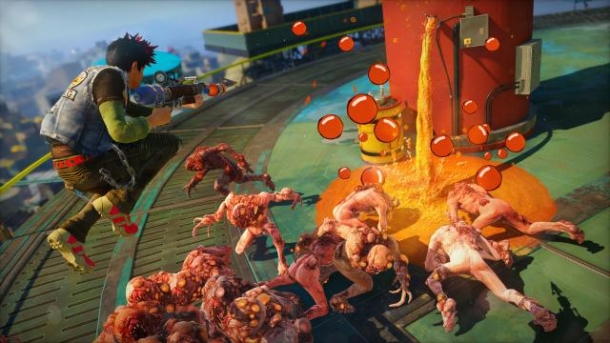The Fable series takes place in the fictional nation of Albion, a state that, at the time of the first game, is composed of numerous autonomous city-states with vast areas of countryside or wilderness in between. The setting originally resemblesMedieval England ("Albion" being the oldest name for the island of Great Britain), or traditional fantasy settings like that of The Lord of the Rings. However, the period of time progresses with each game; in Fable II, Albion has advanced to an era similar to that of the Age of Enlightenment, and by Fable III the nation has been unified under a monarchy and is undergoing an "Age of Industry" similar to the real-world 19th-century Industrial Revolution.
In the first Fable, players assume the role of an orphaned boy who is forced into a life of heroism when bandits attack his village, and kidnap his sister. The choices players make in the game affect the perception and reaction to their Hero by the characters of Albion and change the Hero's appearance to mirror what good or evil deeds he has performed. In addition to undertaking quests to learn what happened to the Hero's family, players can engage in optional quests and pursuits such as trading, romance and married life, pub gaming, boxing, and theft. Even so, set quests are the motor of the story development. It is an era between the year 900 and 1100.[1]
Fable II takes place 500 years after the events of the first game.[2] The world slightly resembles a Europe between 1600 and 1800, the time of highwaymen and the Enlightenment. Science and more modern ideas have suppressed the religion and magic of old Albion. Its towns have developed into cities, weaponry is slowly taking advantage of gunpowder, and social, family and economic life present more possibilities - as well as challenges. The sequel basically expands most or all parts of the gaming experience from the previous game, without changing the elementary modes of playing. The continent of Albion is smaller as a game world, since it contains fewer locations, but the locations that remain are more developed and detailed. In contrast to Fable, the solving of set quests is not the basis of the story; rather, the story develops from the player's situation in time and place. This gives the game a sense of more interactivity than the first installment of the series.
In Fable III the setting is 50 years after that of Fable II.[3] The historical development is further advanced since the last version: Albion is experiencing the Industrial Revolution. In all of the versions, the moral development (in a negative or a positive way) is at the core of the gameplay. In this latest version, this moral development is expanded to include not only the personal or psychological but also a more political aspect, as the goal of the game is to overthrow the oppressive king of Albion, as well as defend the continent from attacks from abroad


